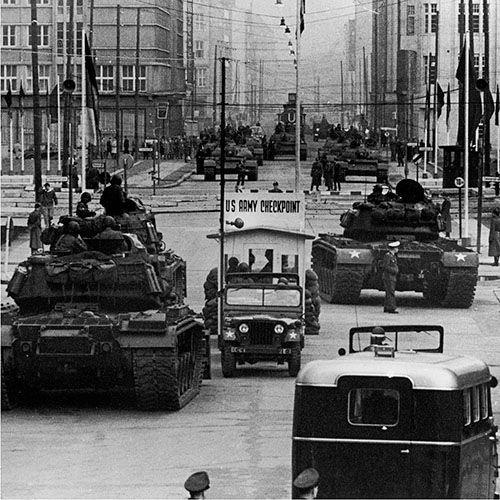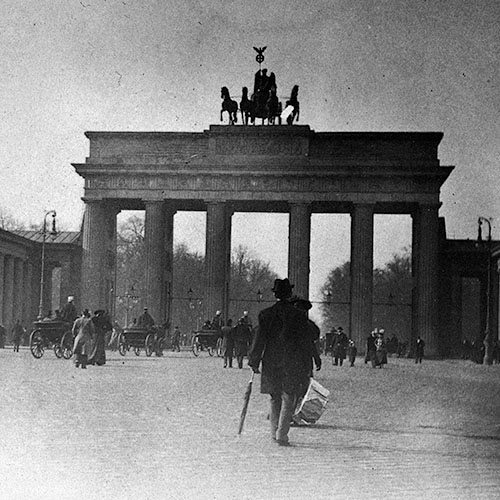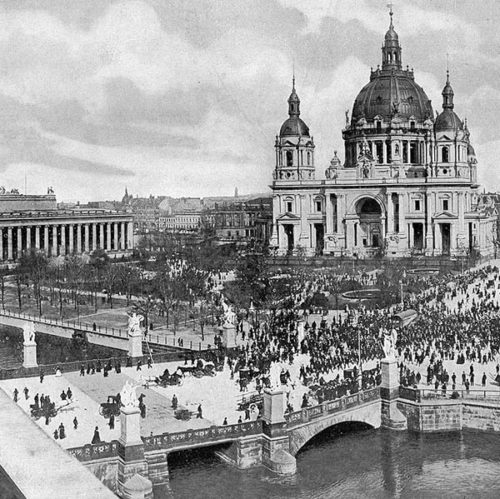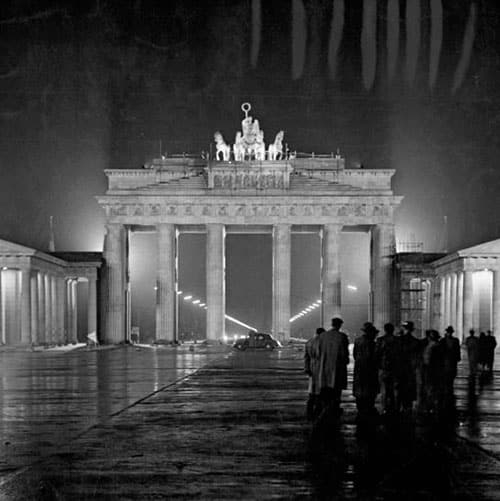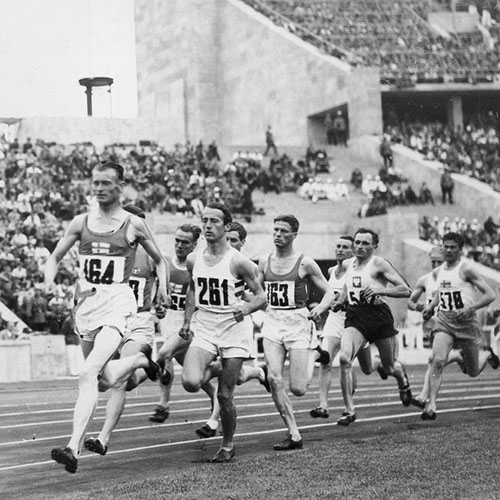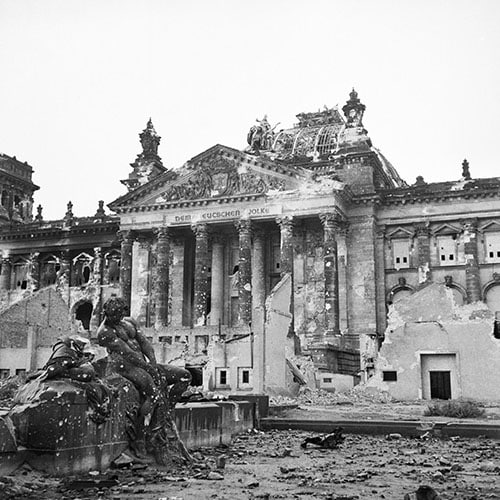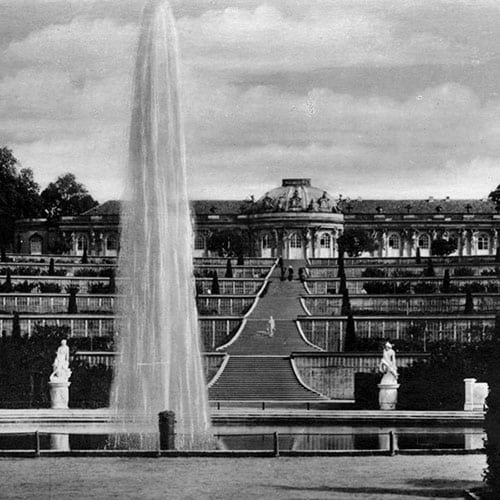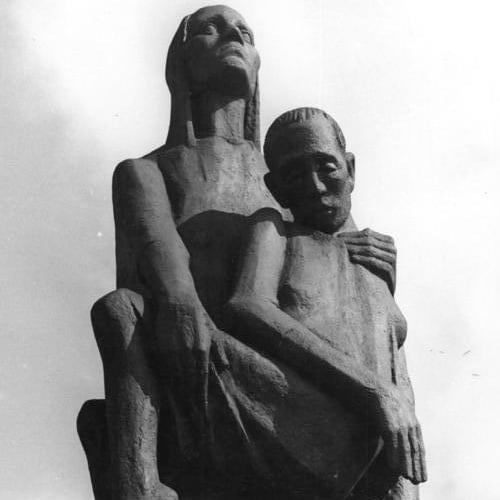“The conspiracy theory acts as a bridge between the complexity of history and the desire for a simple villain.”
Umberto Eco
We human beings have a strange coping mechanism when it comes to atrocity and horror.
The greater the evil, the harder it seems to comprehend. The yearning for understanding often leads to oversimplification – and from there conspiracy.
Faced with the monumental malice of the so-called Third Reich, our minds recoil from the idea of mere accident.
On one hand, we rightly struggle to accept that a mundane man—a failed painter, a corporal with a shaky moustache and a gastric condition—could single-handedly mesmerise a nation of poets and thinkers into committing industrialised genocide.
It feels too random, too chaotic.
So, we look for strings.
We look for the puppeteers.
We crave the ‘Hidden Hand’.
This psychological itch has given birth to one of the most enduring and paradoxical sub-genres of 20th-century history: the Occult Reich.
We’ve seen it in everything from Raiders of the Lost Ark to Hellboy.
And sitting squarely in the centre of this Venn diagram of paranoia is the ancient fraternity of the Freemasons.
–
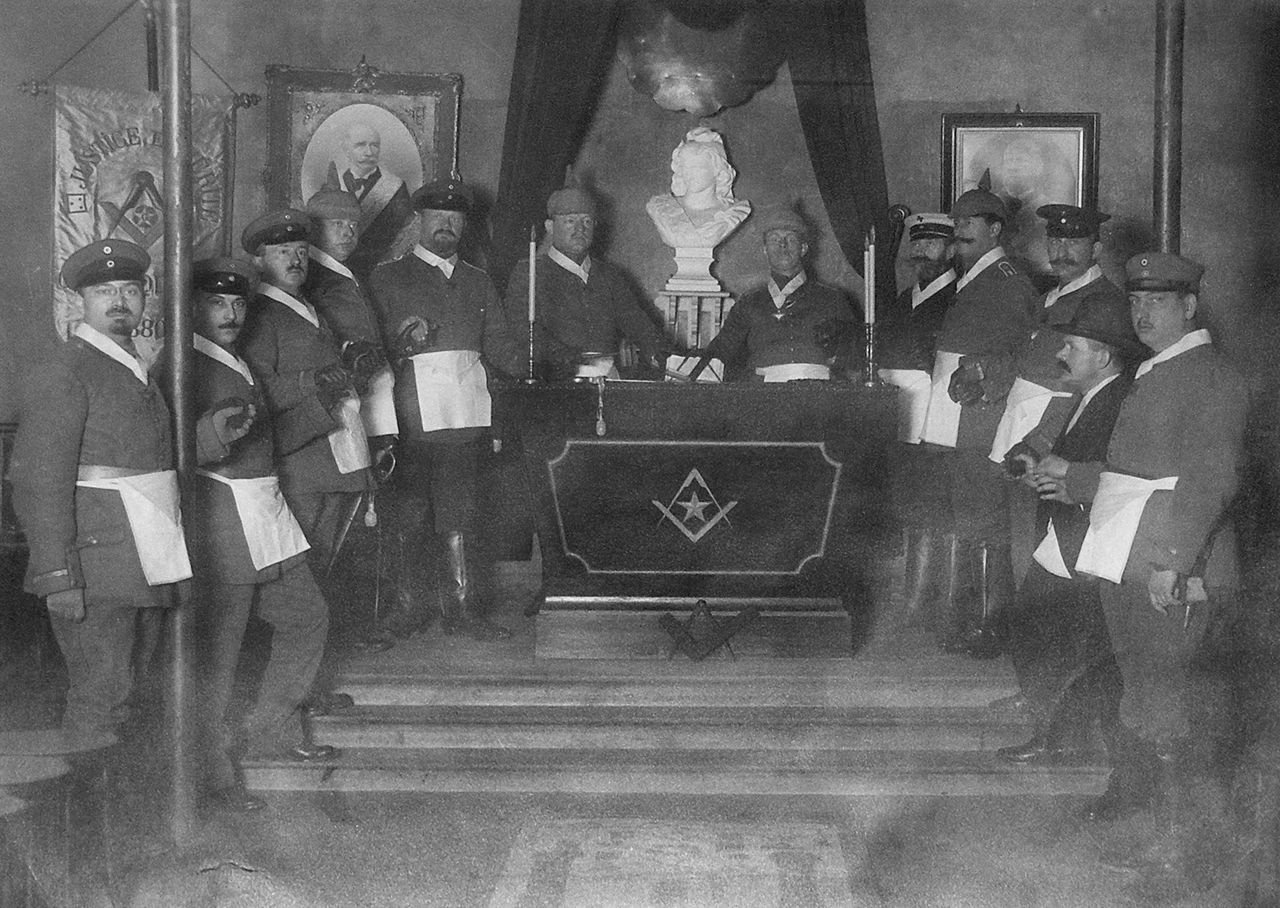
The Square, The Compass, and The Spree: Freemasonry in Germany
“In Prussia, the Lodge was the salon of the state.”
Christopher Clark, author of ‘The Iron Kingdom’
Berlin – as it became during the years of the Third Reich – was not always the capital of intolerance.
In fact, for a long time, it was the beating heart of German Freemasonry, and that heart pumped the blood of the Enlightenment.
German Freemasonry was fundamentally different from the revolutionary lodges of France. While the French Grand Orient was busy overthrowing monarchies and decapitating aristocrats, the ‘Old Prussian Mother Lodges’ were fiercely loyal, conservative, and distinctly nationalist.
The poster child for this era was none other than King Frederick the Great.
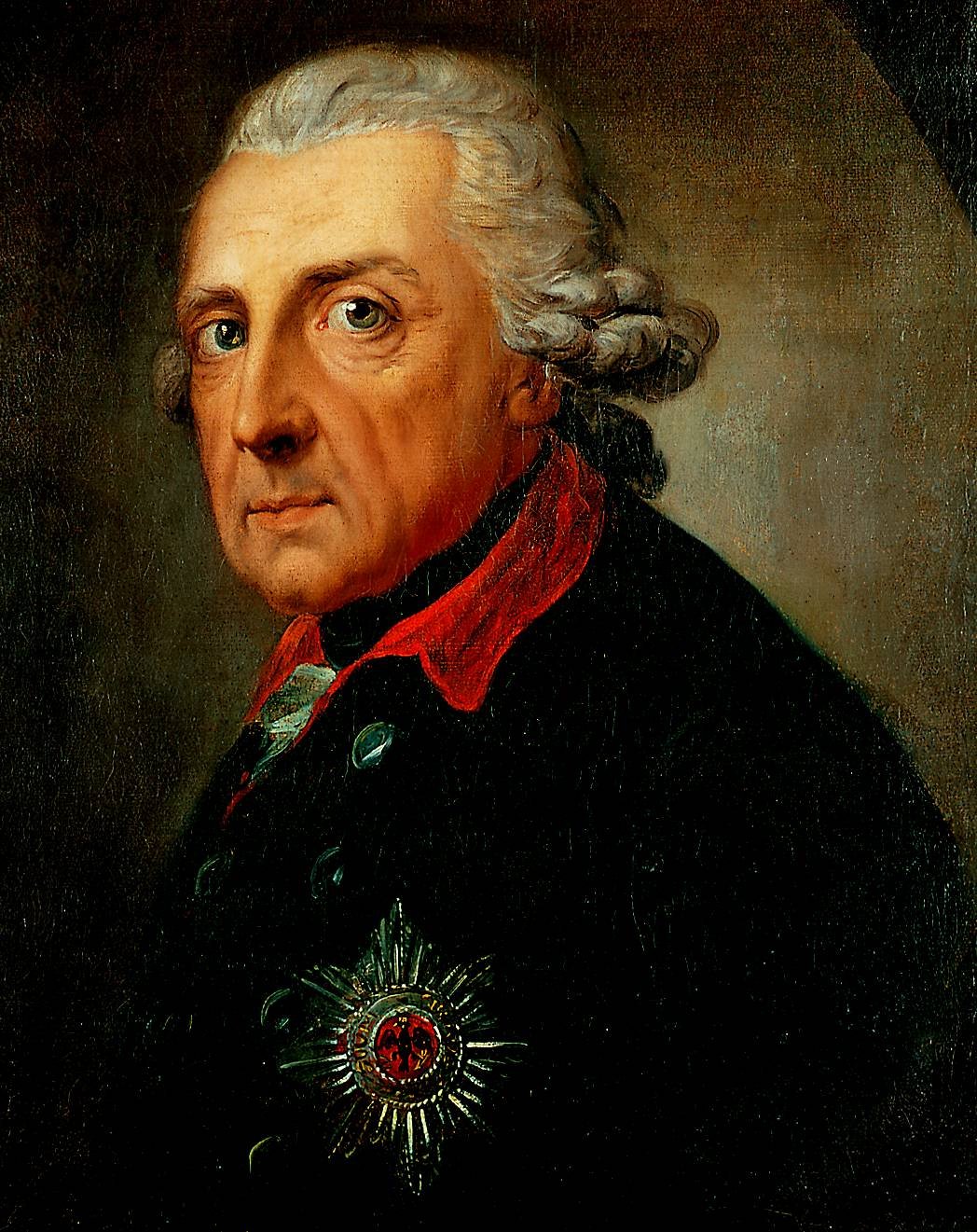
Before he ascended the throne, while still a crown prince fearful of his abusive father, Frederick was initiated into the craft in 1738 during a secret trip to Brunswick.
When he became King, he didn’t hide his affiliation; he shouted it from the rooftops—or at least, from the palace balconies.
He personally sanctioned the establishment of the Lodge of the Three Globes (Zu den drei Weltkugeln) in Berlin in 1740.
Under the Hohenzollerns, being a Mason wasn’t subversive; it was almost a prerequisite for the upper civil service.
It was respectable.
It was the ‘Sunday Church’ for the rational man who believed in humanism, brotherhood, and perhaps a decent glass of wine after a ritual.
By the turn of the 20th century, Germany boasted nearly 80,000 Masons across various lodges.
They were the bourgeoisie, the bankers, the officers, and the academics. They were the very fabric of the German establishment.
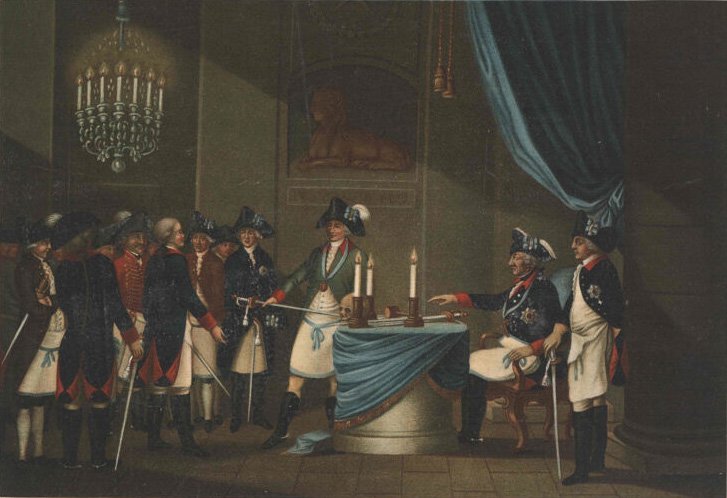
The Seed of Conspiracy
So, how did this patriotic society become the villain in the Nazi narrative?
The shift began in the ashes of First World War.
When the German Empire collapsed in 1918, a scapegoat was needed. The army, claiming they were “undefeated in the field,” birthed the toxic Dolchstoßlegende—the Stab-in-the-Back myth.
The search for the ‘internal enemy’ began in earnest.
While the primary target was the Jewish population, the net was widened to include anyone with international ties or humanist ideals.
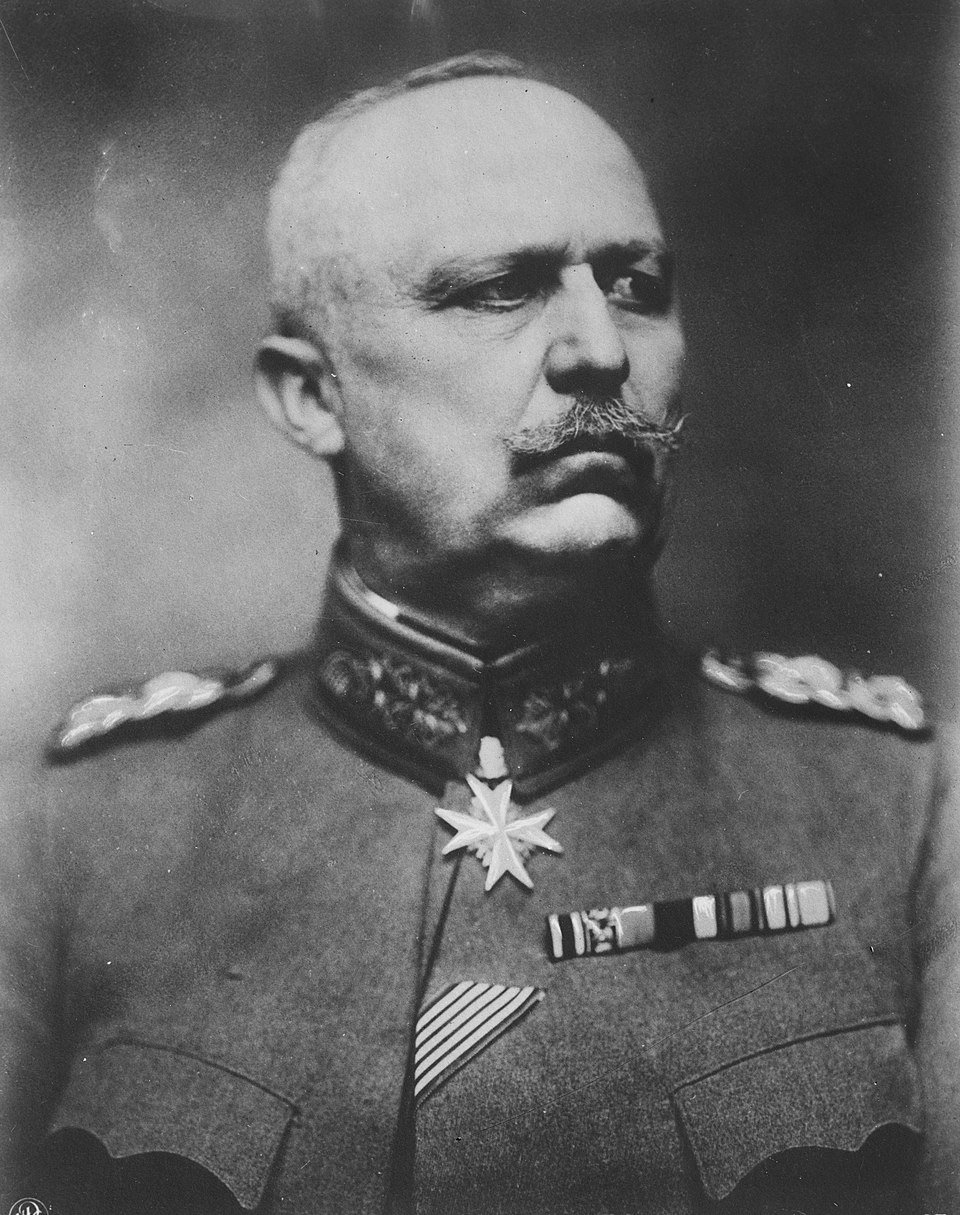
Enter General Erich Ludendorff
Once a brilliant tactician, by the 1920s Ludendorff had spiralled into a realm of paranoia that would make a modern internet troll blush.
With his second wife, Mathilde, he began publishing tracts claiming that the war had been lost due to a ‘supranational power’.
He coined the phrase “Jews and Freemasons,” welding the two groups together into a singular, hydra-headed monster responsible for Germany’s humiliation.
For Ludendorff, the Mason was an “artificial Jew”—a Gentile who had been corrupted by “oriental rituals” to serve Jewish interests.
This was the intellectual swamp from which the Nazi ideology drank.
It wasn’t just that they hated Masons; they believed the Masons were the gatekeepers of the Weimar Republic, the puppet masters of the ‘System Time’ that the Nazis swore to overthrow.
–
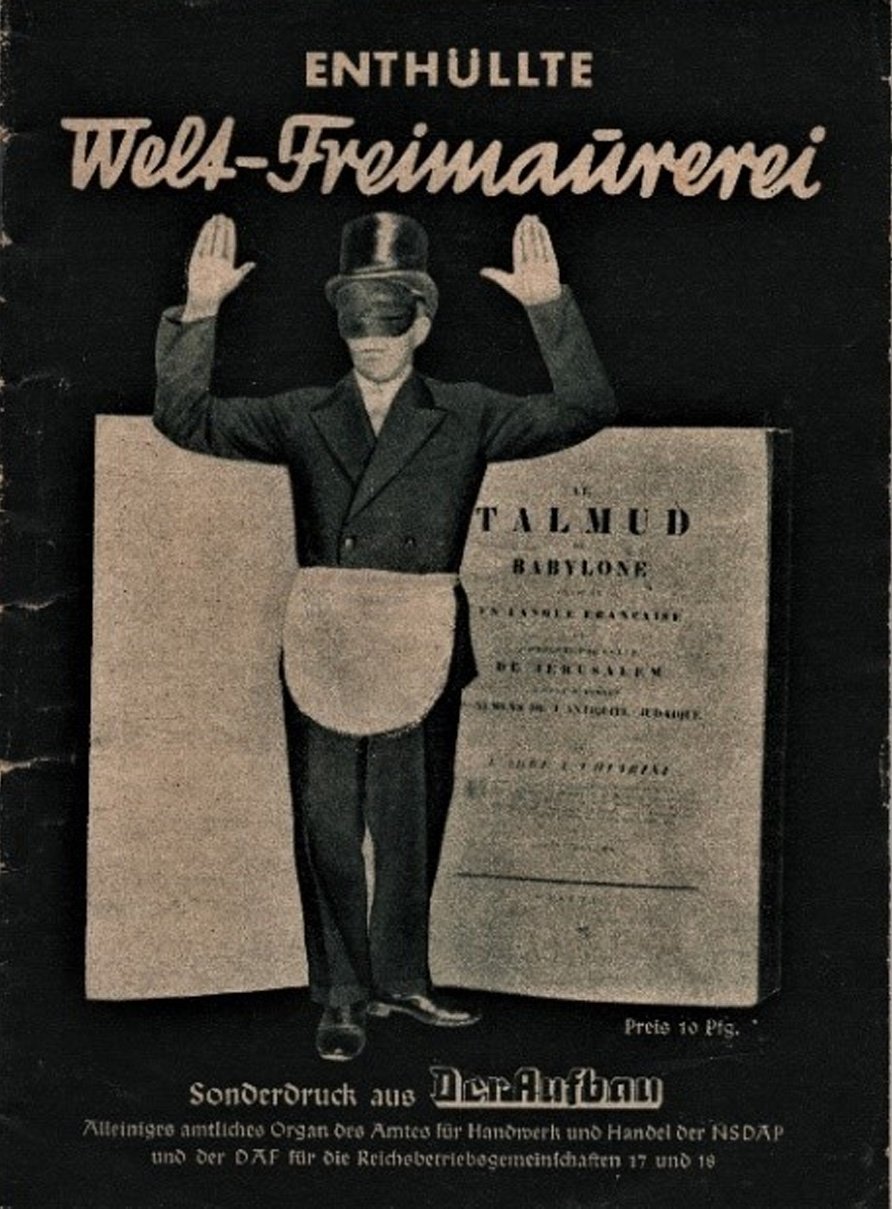
Freemasons in Nazi Germany: The Unrequited Hate
“Destruction of Freemasonry through the revelation of its secrets!”
General Erich Ludendorff, title of his 1927 pamphlet
There is a supreme irony in the theory that Hitler was a Mason, considering the sheer volume of ink he wasted despising them.
In Mein Kampf, written while he was sitting in Landsberg Prison (incidentally, he wasn’t networking with Lodge brothers there), Hitler describes his ‘enlightenment’ regarding Freemasonry.
He writes of the Freemasons as an unwitting tool of the Jewish conspiracy.
He argued that the pacifist, humanist rhetoric of the Lodges was a smokescreen designed to weaken the German will to fight.
To Hitler, the Freemason was a weak-kneed internationalist who prioritized ‘Universal Brotherhood’ over the ‘Blood and Soil’ of the German Volk.
However, Hitler was a political pragmatist.
In the early days of the party, he rubbed shoulders with elites who had Masonic ties.
He needed their money.
But once the ink was dry on the Enabling Act of 1933, the time for niceties was over.

The Great Dismantling
It didn’t happen overnight.
The Nazi approach to Freemasonry was a slow constriction, like a python wrapping around a chest.
In 1933, Hermann Göring held a meeting with the Grand Masters of the three major Prussian lodges.
The Lodges, in a desperate attempt to survive, tried to appease the regime.
They broke off relations with international lodges.
They expelled their Jewish members.
They even changed their names to sound more Germanic, dropping the Hebrew words from their rituals and adopting Nordic mythology instead of Temple of Solomon allegory.
It was a pathetic spectacle: the bearers of Enlightenment values desperately trying to paint swastikas on their aprons to avoid the concentration camps.
It didn’t work.
By 1934, the tolerance ended.
A directive from the Ministry of the Interior declared that membership in a Lodge was incompatible with holding public office. Officers, teachers, and civil servants were forced to choose: their livelihood or their brotherhood.
Unsurprisingly, resignations flooded in.
The definitive blow came in 1935.
The Reich and Prussian Ministry of the Interior ordered the dissolution of all Masonic Lodges. Their assets were seized.
The Gestapo, led at the time by Reinhard Heydrich (who had a particular, almost fetishistic obsession with Masonic archives), raided lodge buildings across Berlin.
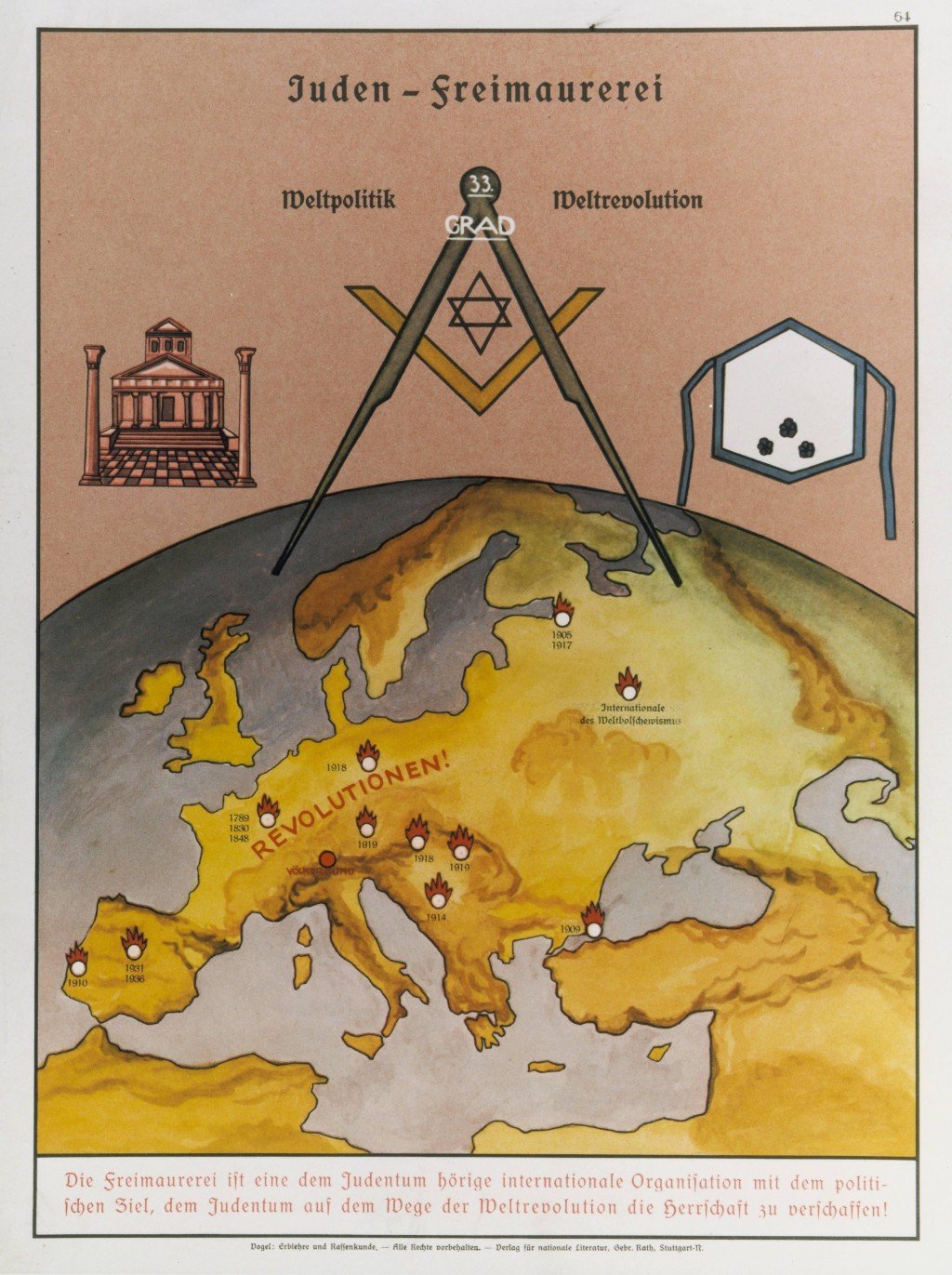
The Logenmuseum and the Exhibition of Hate
What happened next serves as the ultimate refutation of Hitler’s membership.
The Nazis didn’t just ban the Masons; they put them on display as a freak show.
Heydrich established a special section of the SD (Sicherheitsdienst), Section II/111, specifically to investigate Freemasonry. They looted libraries and ritual objects. The lodge building on Eisenacher Straße in Berlin was seized. The Gestapo trucks rolled up and hauled away centuries of heritage.
In 1937, Goebbels approved the Anti-Masonic Exposition (Das Freimaurer-Logenmuseum) in Berlin, followed by a massive exhibition in Munich titled ‘Europe’s Fate’.
Here, the Nazis constructed ‘chamber of horrors’ style mock-ups of Masonic temples. They displayed skeletons wearing aprons, surrounded by Hebrew letters, implying that Masonic rituals were sinister Jewish blood magic.
Hundreds of thousands of Germans paid to walk through these exhibits.
The purpose was clear: to show the German public that the ‘Devil in the Apron’ had been vanquished by the righteous Aryan sword.
If Hitler were a Mason, he had a very strange way of showing it—by dragging the supposed deepest secrets of the Lodge into the sunlight and mocking the Masons before the entire nation.

The Forget-Me-Not and the Concentration Camps
While the leaders of the Craft were mostly stripped of status and property rather than life (unless they were also Jewish or active socialists), the persecution was real. Being a former Mason was a black mark in your file that never washed off.
There is a legend that persists today regarding the ‘Forget-Me-Not’ flower (Das Vergissmeinnicht).
The story goes that Masons in Nazi Germany replaced their Square and Compass lapel pins with the tiny blue flower to identify each other in secret. While later research by Masonic historian, Alain Bernheim, suggests this story was heavily romanticised and the pin was actually used for the Winterhilfswerk (Winter Relief) charity drive, the sentiment highlights the desperate desire for resistance.
The reality was grim: resistance was scattered, dangerous, and often fatal.
Hitler famously ranted in his Table Talk records (monologues recorded by his aides) that the Masonic “mummery” was laughable but dangerous because it created a state within a state.
He despised the idea of secrecy that he didn’t control.
–

Conclusion
“We have no need of a ‘World Brotherhood.’ We have the ‘Volksgemeinschaft’ (People’s Community).”
Joseph Goebbels, Nazi Propaganda Minister
So, was Adolf Hitler a Freemason?
Based on the archives of the Nazi Party, the seized records of the Gestapo, the membership rolls of the Prussian Lodges, and the memoirs of those closest to the dictator: No.
The evidence points diametrically in the opposite direction.
Hitler was an anti-Mason.
To believe Hitler was a Mason requires one to ignore the systematic looting of Lodges, the imprisonment of brethren, and the thousands of pages of anti-Masonic propaganda pumped out by his regime. It requires us to believe that a man who obsessed over total control would submit himself to a hierarchy he did not design, or swear oaths to a God he saw only as a mirror of his own will.
***
If you’ve enjoyed reading this article, consider booking one of our private guided tours of Berlin.
Bibliography
Bernheim, Alain (1998). The Blue Forget-Me-Not: Flower of Courage – The Story of Freemasonry in Nazi Germany. Morgan House Press. ISBN 978-0912994907.
Cohn, Norman (1967). Warrant for Genocide: The Myth of the Jewish World-Conspiracy and the Protocols of the Elders of Zion. Serif. ISBN 978-0902980120.
Evans, Richard J. (2005). The Third Reich in Power, 1933–1939. Penguin. ISBN 978-0143034693.
Goodrick-Clarke, Nicholas (1992). The Occult Roots of Nazism: Secret Aryan Cults and Their Influence on Nazi Ideology. NYU Press. ISBN 978-0814730607.
Hoffmann, Stefan-Ludwig (2007). The Politics of Sociability: Freemasonry and German Civil Society, 1840–1918. University of Michigan Press. ISBN 978-0472115730.
Hitler, Adolf (1925/1926). Mein Kampf.
Katz, Jacob (1970). Jews and Freemasons in Europe 1723–1939. Harvard University Press. ISBN 978-0674474802.
Kershaw, Ian (1998). Hitler: 1889–1936 Hubris. W. W. Norton & Company. ISBN 978-0393047586.
Ludendorff, Erich (1927). Vernichtung der Freimaurerei durch Enthüllung ihrer Geheimnisse. Ludendorffs Verlag
Melzer, Ralf (1999). Konflikt und Anpassung: Freimaurerei in der Weimarer Republik und im “Dritten Reich”. Braumüller. ISBN 978-3700312451.
Ridley, Jasper (1999). The Freemasons: A History of the World’s Most Powerful Secret Society. Arcade Publishing. ISBN 978-1559706023.
Shirer, William L. (1960). The Rise and Fall of the Third Reich. Simon & Schuster. ISBN 978-0671624200.
Smith, Gary W. (2008). Freemasonry and the Holocaust. Rowman & Littlefield. ISBN 978-0742559602.
Trevelyan, H. (trans.) (1961). The Testament of Adolf Hitler: The Hitler-Bormann Documents (Hitler’s Table Talk). Cassell.
HISTORICAL ARTICLES
Mythbusting Berlin

Are There Any Nazi Statues Left In Berlin? – Mythbusting Berlin
Visitors to Berlin often arrive expecting to find the physical remnants of the tyranny of the 20th century still standing – statues of dictators, triumphal arches, or bronze idols. Instead, they often find none. The stone symbols and statues of the Third Reich are still gazing down on them, however, hiding in plain sight. But why are there no statues of Hitler? Did the Allies destroy them all in 1945, or is the truth stranger
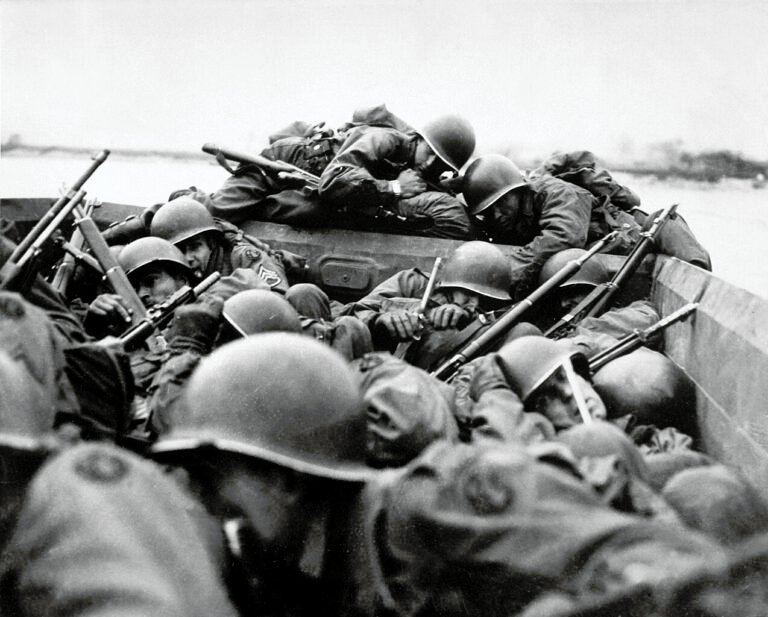
Could The Western Allies Have Captured Berlin? – Mythbusting Berlin
To contemplate a Western Allied capture of Berlin in 1945 is to challenge the established endgame of the Second World War. What was the true military and logistical feasibility of a Western Allied assault on the Nazi capital? What factors truly sealed Berlin’s fate, and what might have changed had the Allies pushed eastward?
Answering these questions means delving into the complex interplay of logistics, political maneuvering, and the competing visions for a post-war world
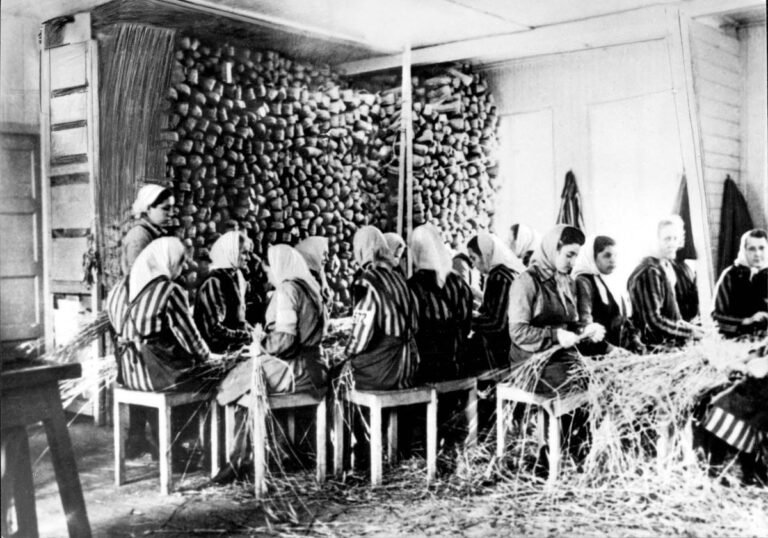
Did Any Of The Rothschild Dynasty Die In The Holocaust? – Mythbusting Berlin
The Rothschild name is synonymous with immense wealth, influence, and persistent conspiracy theories—especially during the era of Nazi Germany. Often targeted by antisemitic propaganda, the family’s survival during World War II has sparked myths about their supposed immunity from Nazi persecution. But did any Rothschild family member actually perish in the Holocaust? This article explores that compelling question, unraveling historical misconceptions and revealing the reality behind one of Europe’s most famous dynasties.
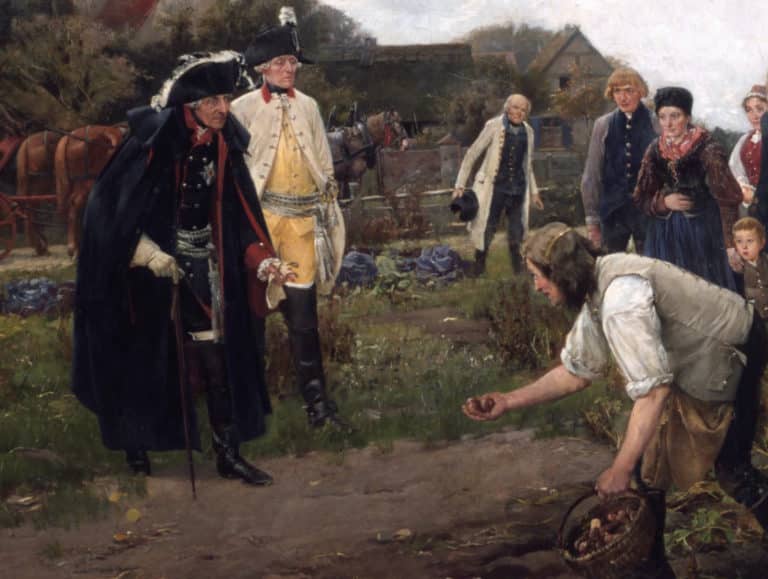
Did Frederick The Great Introduce The Potato To Germany? – Mythbusting Berlin
One of the more bizarre claims to fame attributed to the first King of Prussia is that the man who would go down in history known as Frederick the Great introduced the potato to Germany during his reign back in the 1700s. This starchy root vegetable has undoubtedly become a staple part of German cuisine – an essential addition to any plate of Schnitzel, Schweinshaxn, and Königsberger Klopse – however, whether Frederick the Great is
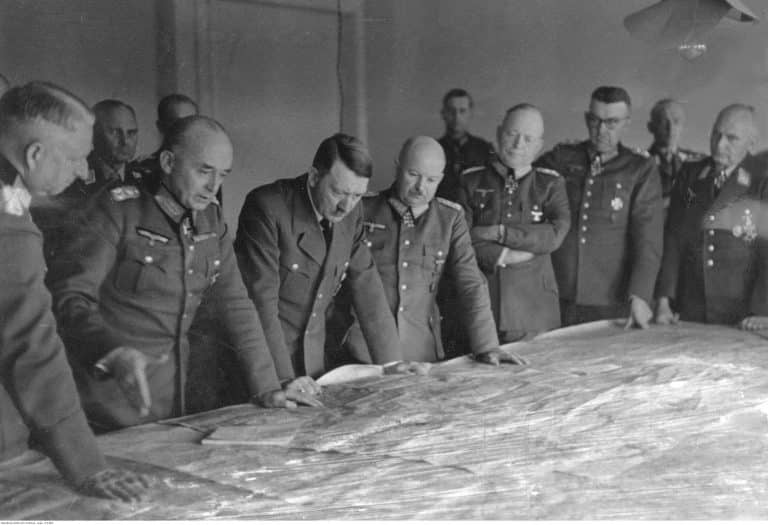
Did Hitler Escape To Argentina In 1945? – Mythbusting Berlin
Although Nazi leader, Adolf Hitler, certainly remains an inescapable figure, could there be any truth to the story of his escape to Argentina in 1945? That the most wanted man on earth could simply vanish, to spend the rest of his life peacefully in South American obscurity captivates imaginations. Yet, despite numerous investigations, this tale persists primarily as myth—fueled by speculation, hearsay, and conspiracy theories.
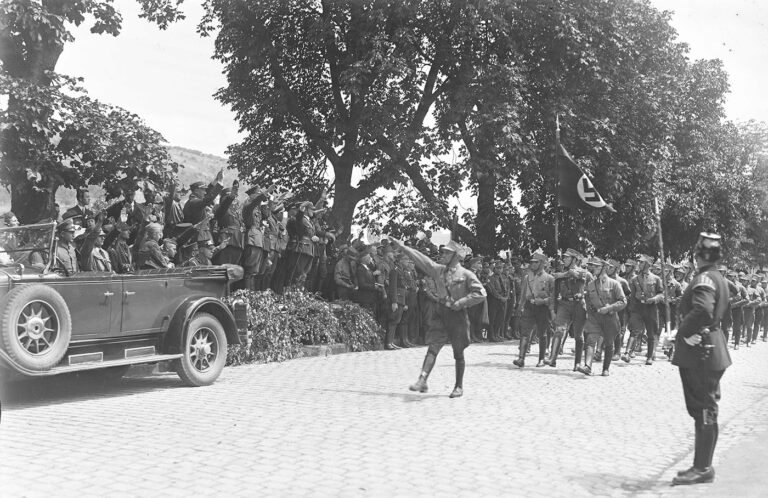
Did Hugo Boss Design The Nazi Uniforms? – Mythbusting Berlin
The idea that Hugo Boss – the man whose name now adorns expensive suits and fragrances – was the creative genius behind the Nazi uniforms suggests a terrifying collision of haute couture and holocaust – a marriage of high style and high crimes. The image is striking: a German tailor sketching the ultimate villain’s costume. But history, as usual, is far messier, more bureaucratic, and more banal than the internet memes suggest. To understand who
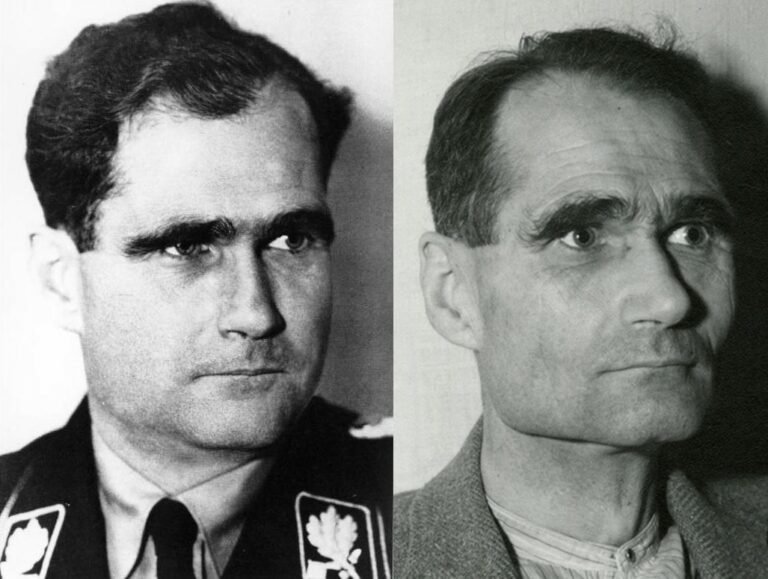
Did Rudolf Hess Really Commit Suicide? – Mythbusting Berlin
On a summer’s day in 1987, the last Nazi war criminal of the Nuremberg trials was found dead in a prison built for hundreds, yet for two decades, housed only him. The official verdict was suicide, a straightforward end to a life defined by fanaticism, delusion, and contradiction.
But the simplicity of the report belied the complexity of the man and the 46 years he had spent in Allied custody. In the meticulously controlled
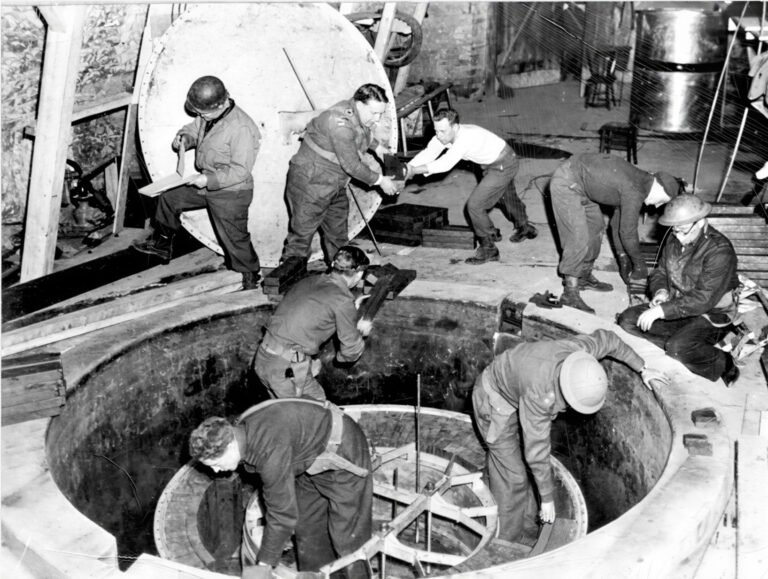
Did The Nazis Develop Nuclear Weapons? – Mythbusting Berlin
The Nazi obsession with super-weapons became so serious in the closing stages of the Second World that Adolf Hitler personally believed that such ‘Wunderwaffen’ both existed in a usable form – and would save the country from defeat. Had the Nazis managed to develop nuclear weapons by 1945 – the outcome of the war would surely have been different. But how close were Hitler, Himmler, and his henchmen to developing an A-bomb?

Did The Nazis Invent Decaf Coffee? – Mythbusting Berlin
Persistent rumors claim that Nazis preferred their coffee anything but pure, leading some to wonder if they might have influenced the development of decaffeinated coffee. Although decaf was already widely available across Europe by the mid-20th century, speculation continues: could the Nazis really have played a role in popularizing—or even discovering—this caffeine-free alternative, or is this simply another caffeinated conspiracy cooked up to sensationalize an ordinary historical detail?

Did The Nazis Invent The Bicycle Reflector? – Mythbusting Berlin
The fruits of wartime ingenuity are plenty – so many, in-fact, that it has become somewhat of a worn cliche that as the guns start firing the innovators get to work, often solving problems while providing more problems for the enemy to overcome.The kind of progress that results in the production of newer improved, more lethal weapons, such as to increase the chances of victory.
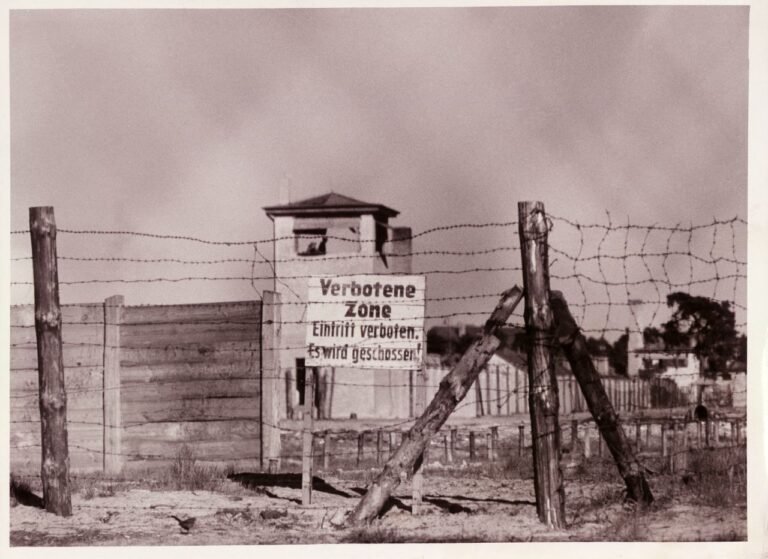
Did The Nazis Run The Largest Counterfeiting Operation In History? – Mythbusting Berlin
During the Second World War the Nazis masterminded an astonishing plot to destabilise Britain by flooding its economy with counterfeit banknotes. Crafted in secret by concentration camp prisoners, this forged fortune became the most ambitious counterfeiting operation ever attempted. But was it history’s largest? Dive into the extraordinary tale of Operation Bernhard,
rife with deception, survival, and intrigue—revealing the truth behind one of the Third Reich’s most audacious schemes and its surprising legacy.
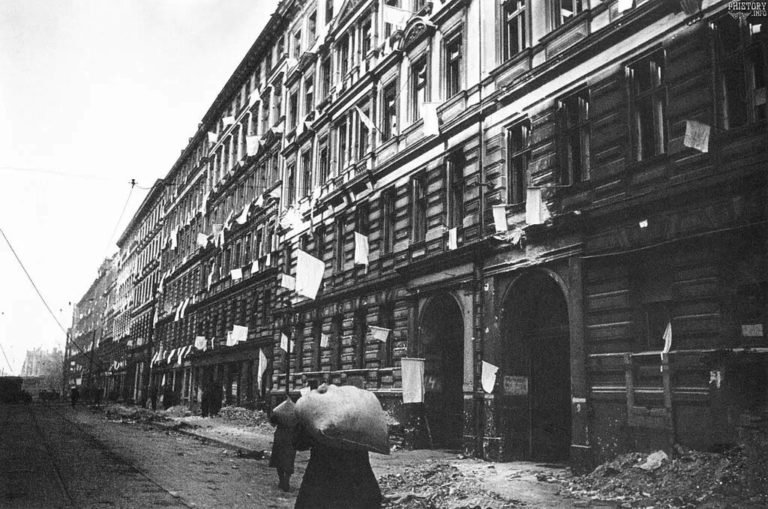
Did The Second World War End In Berlin? – Mythbusting Berlin
When is a war ever truly over? When the last shot is fired in anger would seem like the best measure. Rarely, though, is it possible to gain insight into such a moment.
Remarkably, a record still exists of such a moment at the end of the First World War on the Western Front. A seismic register and recording of the last belching battery of British guns firing artillery across no-man’s-land, followed by a profound
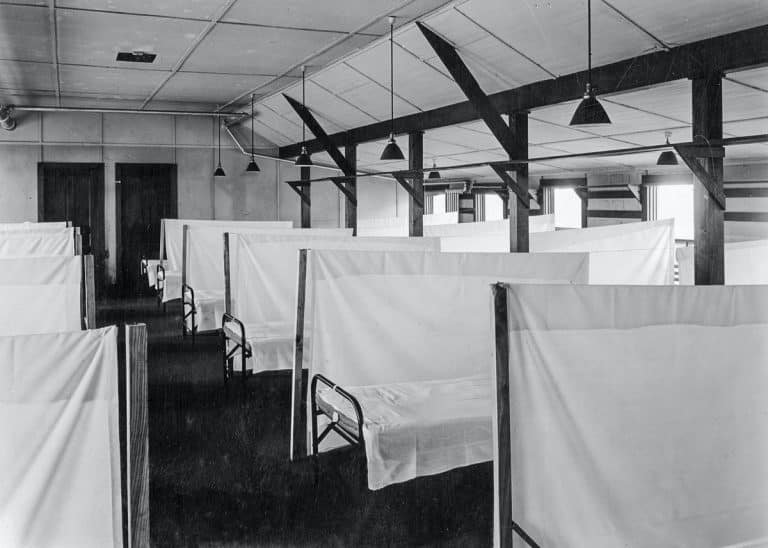
Did The Spanish Flu Pandemic Help The Nazis Take Power? – Mythbusting Berlin
The devastating Spanish Flu pandemic of 1918-1919 struck amid Germany’s post-war turmoil, compounding social instability, economic hardship, and widespread political disillusionment. Could this catastrophic health crisis have indirectly paved the way for Nazi ascension? While often overshadowed by war and revolution, the pandemic’s profound psychological and societal impacts arguably contributed to the perfect storm, enabling extremist ideologies—including Nazism—to gain popularity and ultimately seize power in a fractured Germany.

How Long Did It Take To Build The Berlin Wall? – Mythbusting Berlin
It is one of the most enduring images of the 20th century: a city divided overnight. The popular narrative tells us that Berliners went to sleep in a unified city and woke up in a prison. While the shock of August 13th 1961, was very real, the idea that the ‘Wall’ appeared instantly is a historical illusion. The physical scar that bisected Berlin was not a static creation, but a living, malevolent beast that evolved

How Many Assassination Attempts On Adolf Hitler Were There? – Mythbusting Berlin
Nazi leader, Adolf Hitler, projected an aura of invincibility, a man of destiny shielded by providence. But behind the carefully constructed image of the untouchable Führer lies a story of constant threat, of bombs that failed to detonate, and errant bullets that missed their mark. Unearth the hidden history of the numerous attempts on Hitler’s life as we explore the courage of those who tried to change the course of history and the devil’s luck
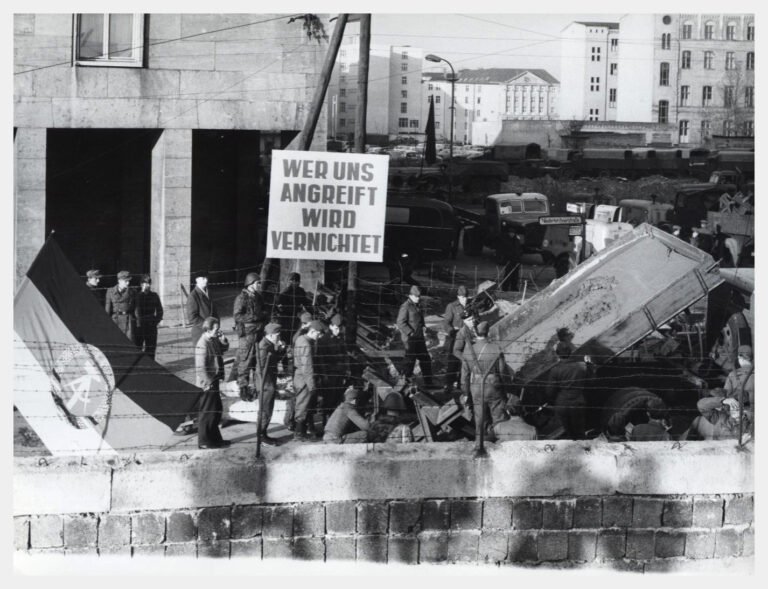
How Many People Died Trying To Escape East Germany? – Mythbusting Berlin
The image of the Berlin Wall is seared into our collective memory, a concrete symbol of Cold War oppression. We think of the daring escapes and the tragic deaths of those who failed. But that well-known number is only a fraction of the truth. The story of those who died trying to escape East Germany is far broader and more complex than most imagine, stretching along a thousand-kilometer border and out into the cold waters
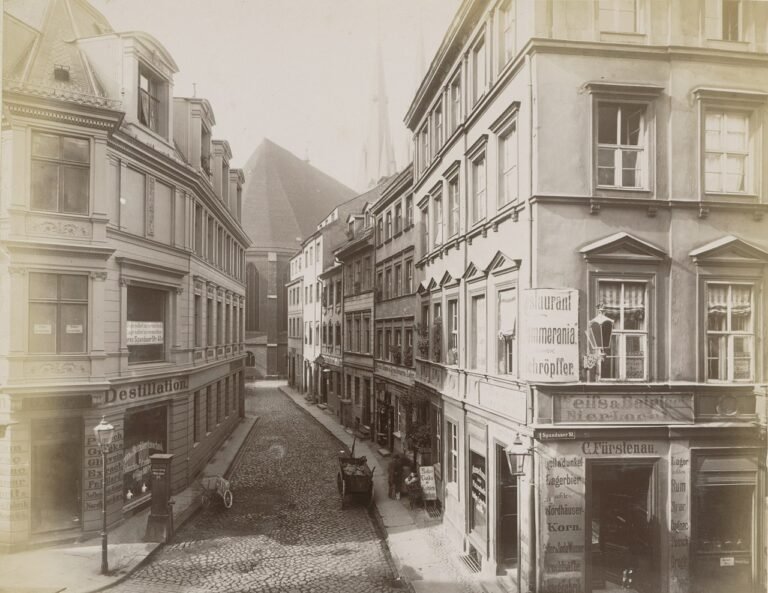
How Old Is Berlin? – Mythbusting Berlin
A relatively new arrival in Europe, Berlin is over 1000 years younger than London, nevermind Rome or Athens, Jerusalem or Jericho. Just how old is Berlin though?
A question fraught with false assumptions and distortions – that has more often than not been answered with propaganda as it has with the cold hard truth.
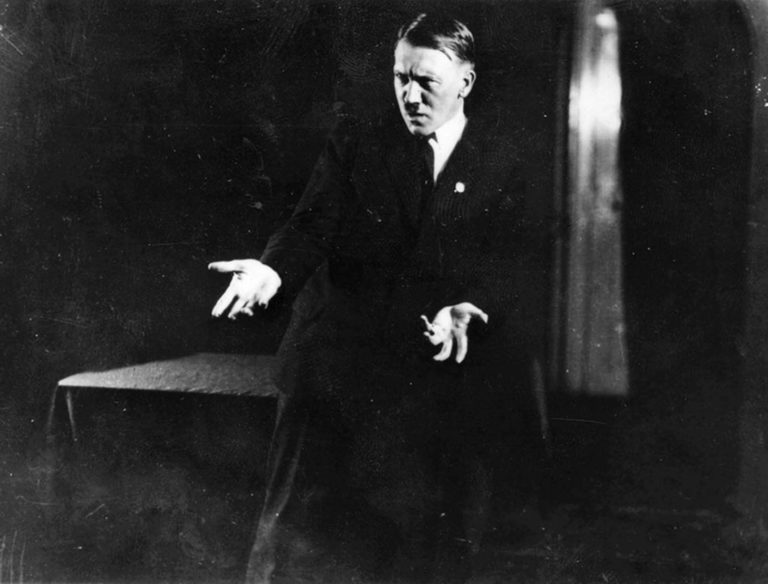
Was Adolf Hitler A Drug Addict? – Mythbusting Berlin
Solving the enigma of the ‘Führer’ has become a preoccupation for many, since the arrival of the Austrian-German onto the world stage – although moving beyond the mythology without falling into the trap of prejudically extrapolating on the psychopathography of Hitler or demonising so as to excuse his actions has proven problematic. What to make of the man who became more than the sum of his masks? The painter; the military dilettante, the mass murderer,
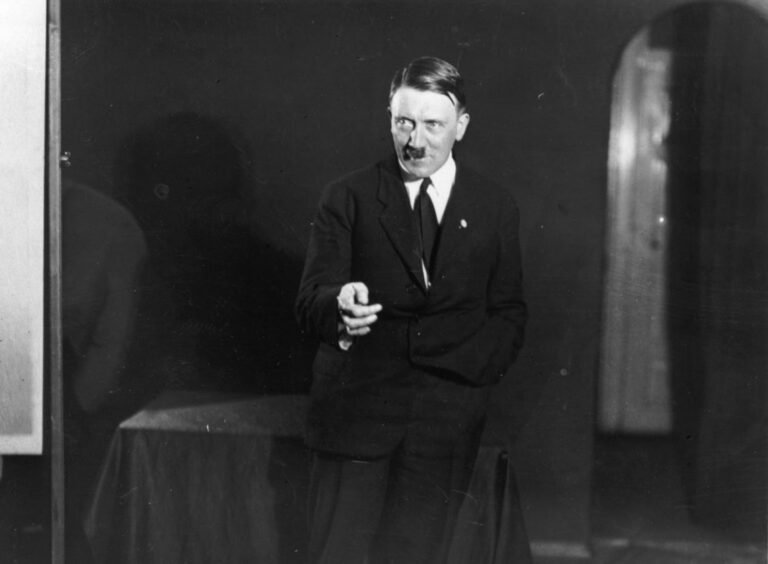
Was Adolf Hitler A Freemason? – Mythbusting Berlin
History abhors a vacuum, but adores a mystery. Such is the speculative fiction suggesting a secret allegiance behind the rise of the Third Reich – that the catastrophe of the Second World War was orchestrated from the shadows of a Masonic lodge. The image of Adolf Hitler—the drifter from Vienna turned dictator—as a covert initiate of the very brotherhood he publicly reviled, however, creates a paradox that collapses under scrutiny. As when we unlock the

Was Adolf Hitler Gay? – Mythbusting Berlin
In the shadowy corridors of Third Reich history, few questions provoke as much tabloid curiosity and scholarly exasperation as the sexuality of Adolf Hitler. For decades, rumors have swirled—whispered by political enemies in 1930s Munich, psychoanalyzed by American spies in the 1940s, and sensationalized by revisionist authors today. Was the dictator who condemned thousands of men to concentration camps for “deviant” behavior hiding a secret of his own? By peeling back the layers of propaganda,



